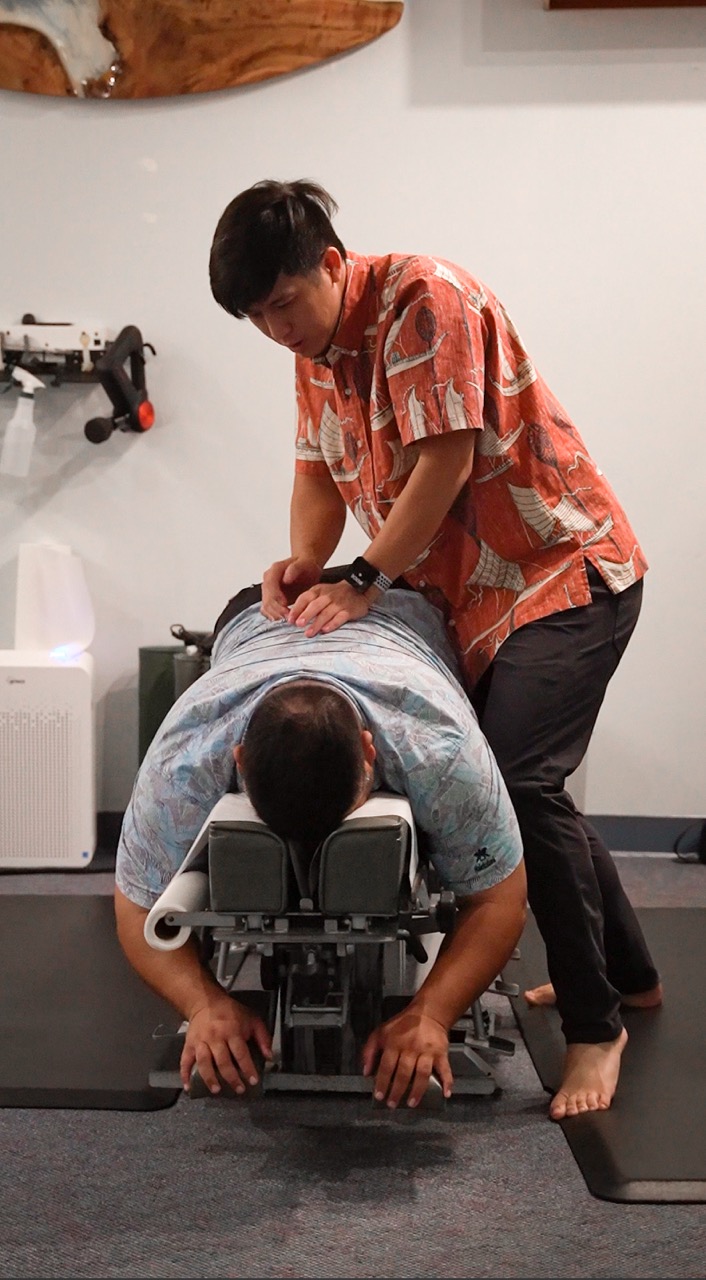Maintaining proper posture is crucial for overall musculoskeletal health and function. This article outlines evidence-based exercises and routines designed to improve postural alignment and reduce the risk of associated pain conditions. Implementing these strategies can lead to significant improvements in spinal health, muscle balance, and overall well-being.
The Importance of Postural Maintenance
Proper posture is essential for:
- Reducing musculoskeletal strain
- Optimizing respiratory function
- Enhancing circulatory efficiency
- Minimizing risk of chronic pain conditions
Regular postural exercises can help counteract the negative effects of prolonged static positions often encountered in modern lifestyles.
Morning Postural Activation Routine
Begin the day with these exercises to activate postural muscles:
1. Spinal Mobilization Sequence (2-3 minutes)
- Flexion-Extension Mobilization: Perform controlled spinal flexion and extension movements to improve intervertebral mobility.
- Child's Pose: Engage in gentle spinal flexion to stretch paraspinal muscles.
- Supine Rotation: Execute controlled spinal rotation to enhance thoracic mobility.
2. Wall Slide Exercise (1 minute)
- Stand with the back against a wall, performing controlled arm movements to activate scapular stabilizers.
3. Scapular Retraction Exercise (30 seconds)
- Perform controlled scapular retraction to activate rhomboids and middle trapezius muscles.
Mid-Morning Postural Correction Exercises
These exercises are designed to counteract the effects of prolonged sitting:
1. Seated Thoracic Rotation (1 minute)
- Execute controlled thoracic rotation to maintain spinal mobility.
2. Cervical Range of Motion Exercises (30 seconds)
- Perform gentle cervical flexion, extension, and lateral flexion movements to maintain neck mobility.
3. Shoulder Elevation Exercise (30 seconds)
- Engage in controlled shoulder elevation to activate upper trapezius muscles.
Midday Postural Reinforcement Routine
Utilize the lunch break to reinforce proper postural alignment:
1. Standing Thoracic Extension (1 minute)
- Perform a controlled standing forward flexion followed by a gradual extension to mobilize the thoracic spine.
2. Wall Squat Exercise (1 minute)
- Execute a controlled partial squat against a wall to activate lower extremity and core muscles.
3. Pectoralis Stretch (1 minute)
- Engage in a sustained stretch of the pectoralis muscles to counteract anterior shoulder rotation.
Afternoon Postural Activation Exercises
Combat afternoon fatigue with these posture-enhancing exercises:
1. Incline Push-Up Exercise (1 minute)
- Perform controlled push-ups against a desk to activate anterior chain muscles.
2. Standing Lateral Flexion (1 minute)
- Execute controlled lateral flexion movements to mobilize the lateral trunk muscles.
3. Seated Spinal Rotation (1 minute)
- Engage in controlled seated rotation to maintain thoracic mobility.
Evening Postural Relaxation Sequence
Conclude the day with these exercises to promote postural relaxation:
1. Prone Extension Exercise (1-2 minutes)
- Perform gentle prone extension to activate erector spinae muscles.
2. Supine Lower Extremity Elevation (3-5 minutes)
- Elevate lower extremities to promote venous return and reduce lower back strain.
3. Supine Rotational Stretch (1 minute per side)
- Execute a controlled supine rotation stretch to enhance spinal mobility.
Additional Recommendations for Postural Maintenance
- Implement regular postural awareness cues throughout the day.
- Ensure proper hydration to maintain intervertebral disc health.
- Optimize ergonomic setup in work environments.
- Select appropriate footwear and clothing to support proper alignment.
- Practice mindfulness techniques to enhance body awareness.
Frequently Asked Questions
Q: What is the expected timeline for noticeable postural improvements?
A: While individual results may vary, consistent implementation of these exercises typically yields perceptible improvements within 4-6 weeks.
Q: Are these exercises suitable for individuals with existing spinal pathologies?
A: Patients with diagnosed spinal conditions should consult a healthcare professional before initiating any new exercise regimen.
Q: Is there a recommended frequency for performing these exercises?
A: The exercises outlined are designed for daily implementation. However, frequency can be adjusted based on individual needs and tolerances.
Q: Can improved posture affect stature?
A: Enhanced postural alignment can result in a more erect stance, potentially leading to a perceived increase in height.
Q: Are there modifications for individuals with sedentary occupations?
A: Many of the seated exercises can be adapted for workplace environments. Regular positional changes are recommended to complement these exercises.
By consistently incorporating these evidence-based postural exercises into daily routines, individuals can significantly improve their postural alignment, potentially reducing the risk of associated musculoskeletal disorders and enhancing overall functional capacity.
